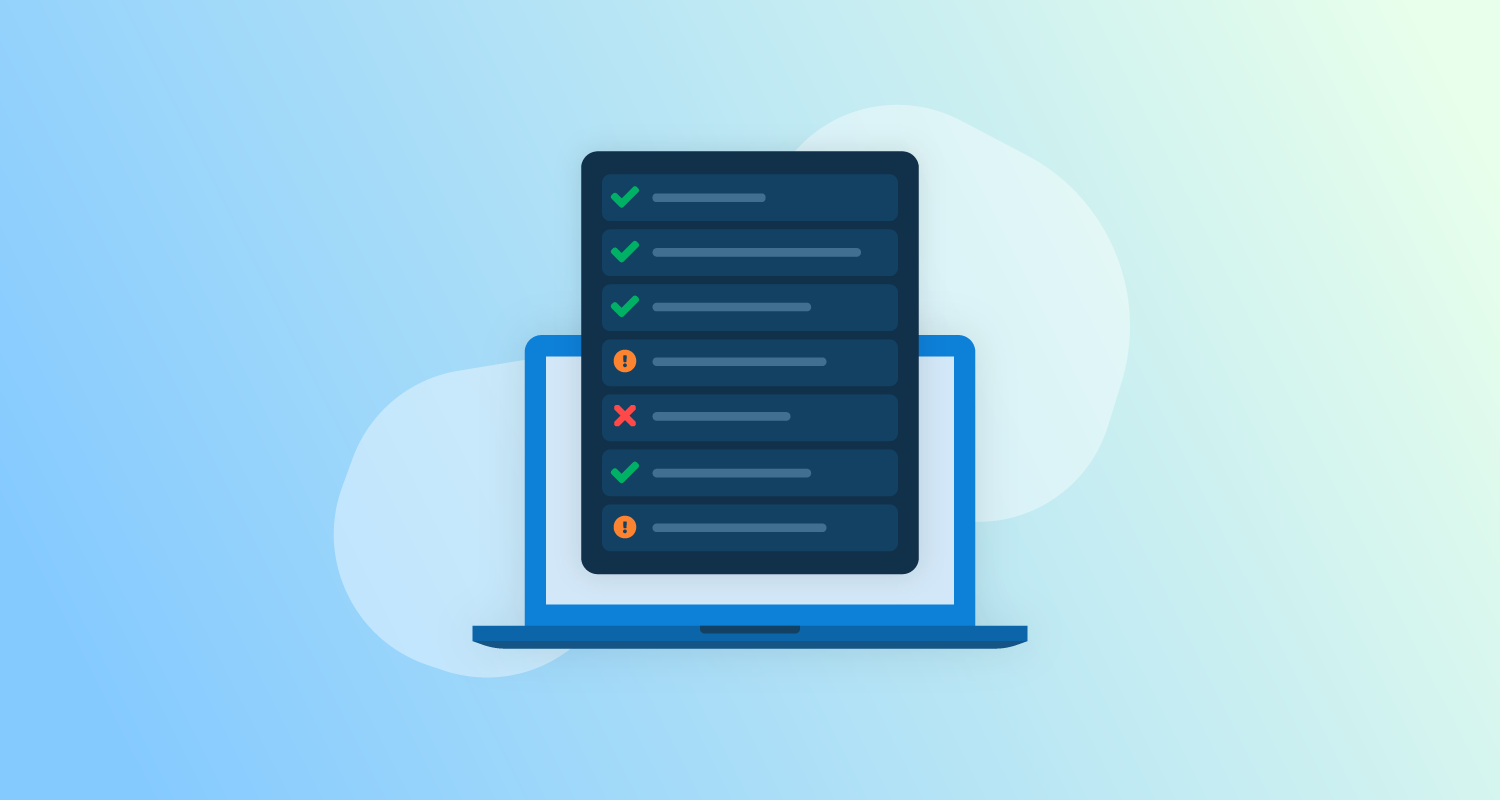Dealing with vulnerabilities is an unfortunate but essential part of software development. There are high-profile examples that highlight the importance of proactive risk management, proving that responsibility for vulnerabilities doesn’t stop at deployment.
In this post, I explore:
- Why you should track vulnerabilities after deploying your software
- Ways to track vulnerabilities and how to keep your users and business safe
Vulnerabilities are found after deployment
It’s a simple fact that software providers discover vulnerabilities after deployment, not before.
There are 2 semantic reasons for this:
- If testing picks up a would-be vulnerability before deployment, the code never makes it to an environment to be a vulnerability
- An undetected, yet-to-be deployed vulnerability isn’t really a vulnerability until it hits an environment where someone can exploit it
Semantics aside, it’s vital to know testing can’t catch every problem in your code. Problems sneak through no matter how rigorous your internal testing, automated or otherwise, as you don’t always know what to look for.
For this reason, you should never rely solely on internal pre-deployment testing. If you’re not tracking vulnerabilities after deployment, then you’re going to miss some.
You want to be the ones finding a vulnerability
If you ship a vulnerability, it’s best you find it before someone with bad intentions. Hackers thrive on unmonitored apps and infrastructure, and not checking for vulnerabilities makes their lives easier.
Failure to check for, find, and resolve vulnerabilities can lead to:
- Downtime
- Risks to company, employee, and customer data
- Damage to your company’s reputation and earnings
You have a duty of care to your users to protect their interests. Not tracking vulnerabilities after deployment does your users a disservice, putting them and your own business interests at risk.
It’s not just those with ill-intent you need to worry about, either. Often, security researchers and library authors find vulnerabilities in code dependencies long after they’re first deployed. With a lot of time passing before discovery, it means there’s a good chance others included the vulnerabilities in their own software and possibly iterated on it.
This brings us nicely to our next point.
You don’t want to accidentally iterate on a problem
The short sprints of DevOps processes help limit the likelihood of iterating on undiscovered problems. Short sprints also make it easier to pinpoint the update that introduced a problem.
If you don’t track what happens after deployment, you reintroduce the risk of iterating on vulnerabilities. This can make vulnerabilities harder to find, troubleshoot, and fix before it’s too late.
Checking for vulnerabilities after deployment can save yourself (and others) time and stress in the future.
Managing vulnerabilities
Now you understand why you should track vulnerabilities after deployment, let’s look at how.
Here are a few proactive things you can do to help protect your interests.
Patch and update your tools and infrastructure often
While you’re responsible for the safety of your own product, providers of the tools and infrastructure you use are fallible too. Even the biggest software and service providers, such as Microsoft, need to fix exploits.
Amazon, as another example, uses the Shared Responsibility Model. This model outlines expectations between the AWS services they offer and their customers. In a nutshell, AWS are responsible for security of the cloud, and customers are responsible for security in the cloud. This means you’re responsible for the security of the operating systems and software you run on AWS infrastructure.
Regardless of your provider, though, you must ensure the products you use to deliver your software are:
- As up-to-date as your company’s policies allow
- Patched and hot-fixed where urgent vulnerabilities exist
- Still compliant with the promises you make to your customers
You should regularly check service provider support and security pages for news on updates that will protect your product.
Keep track of industry security news
While checking the support pages of your vendors, you should also keep tabs on the latest cyber security news.
The following websites report on new vulnerabilities and other cyber security concerns, alongside security management advice:
Use a vulnerability scanner
You can also use vulnerability scanners, which proactively check code and tools for known vulnerabilities.
Example vulnerability scanners for code:
Example vulnerability scanners for infrastructure:
Conclusion
In this post, I explored why you should check for vulnerabilities after deployment, and looked at some strategies to help manage that.
Happy deployments!







